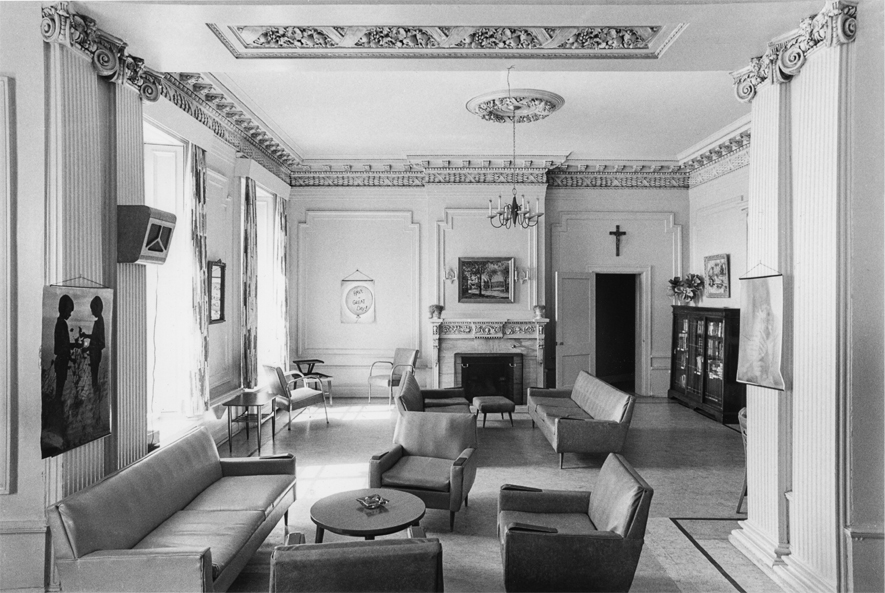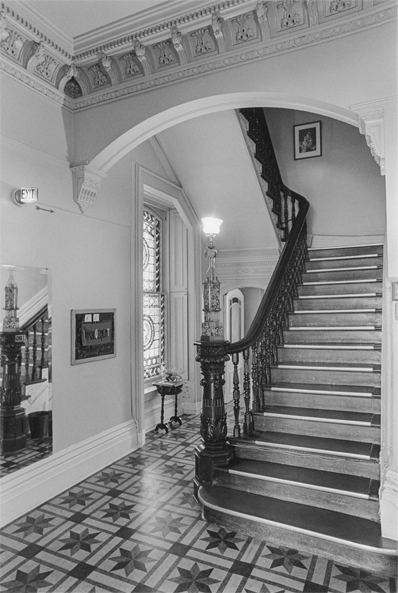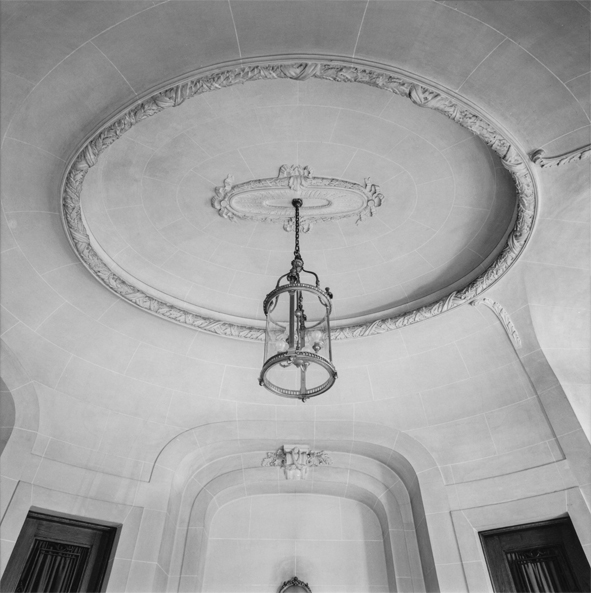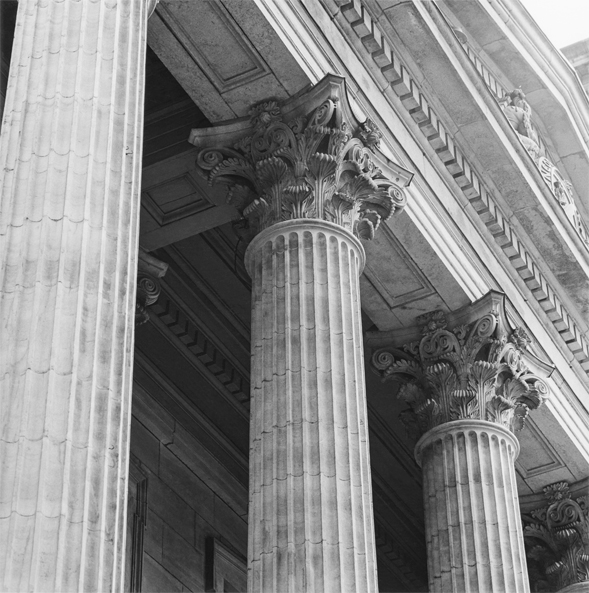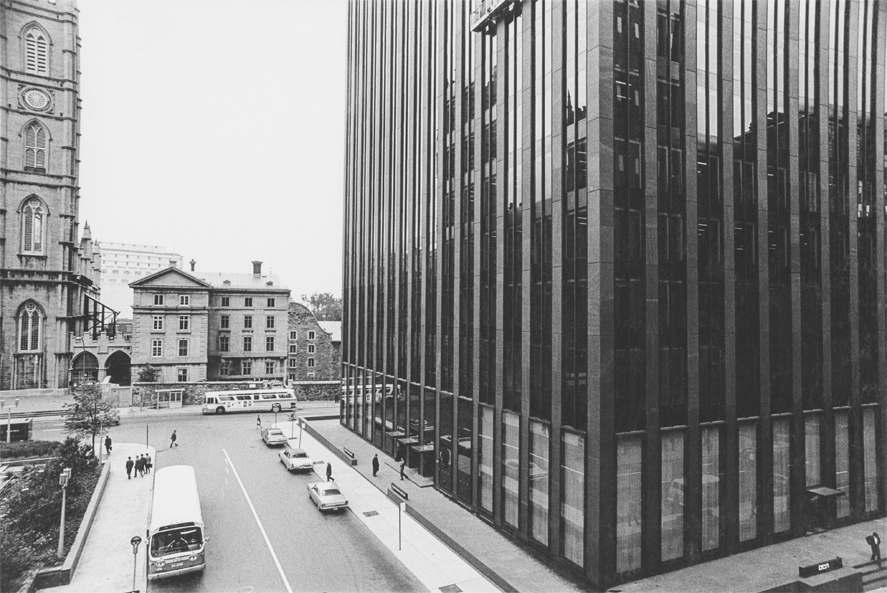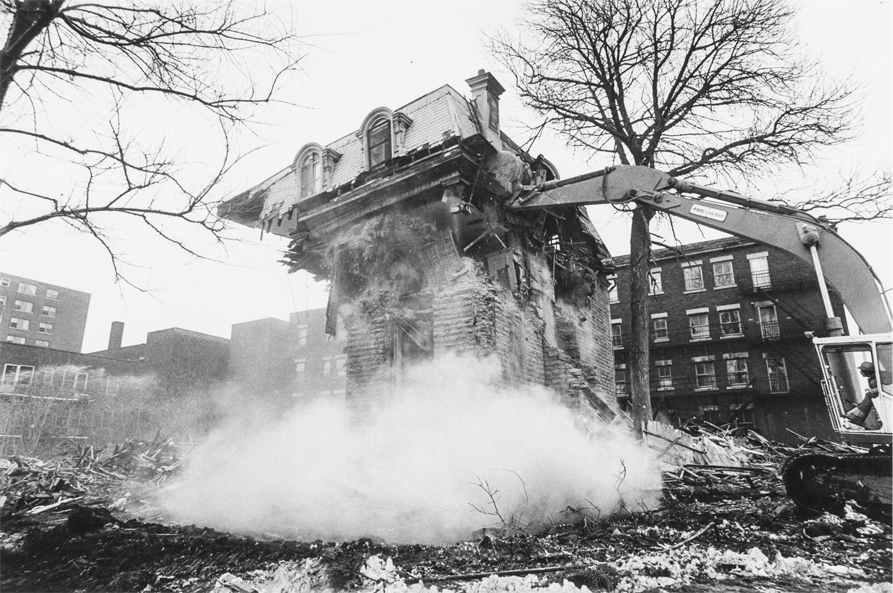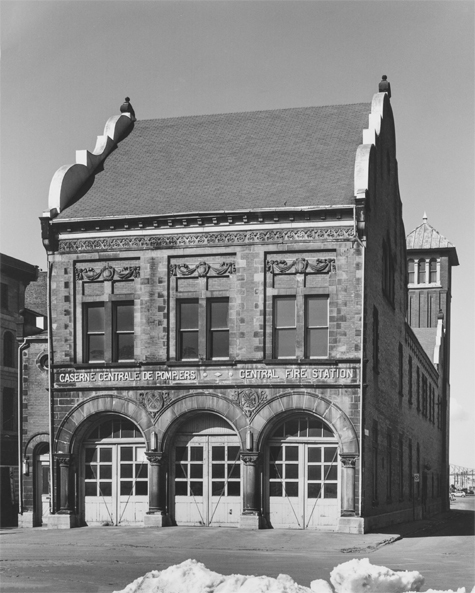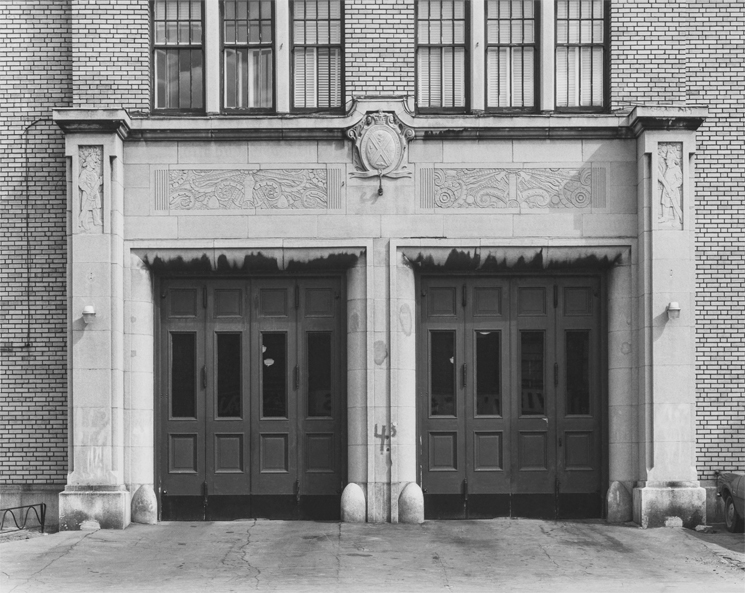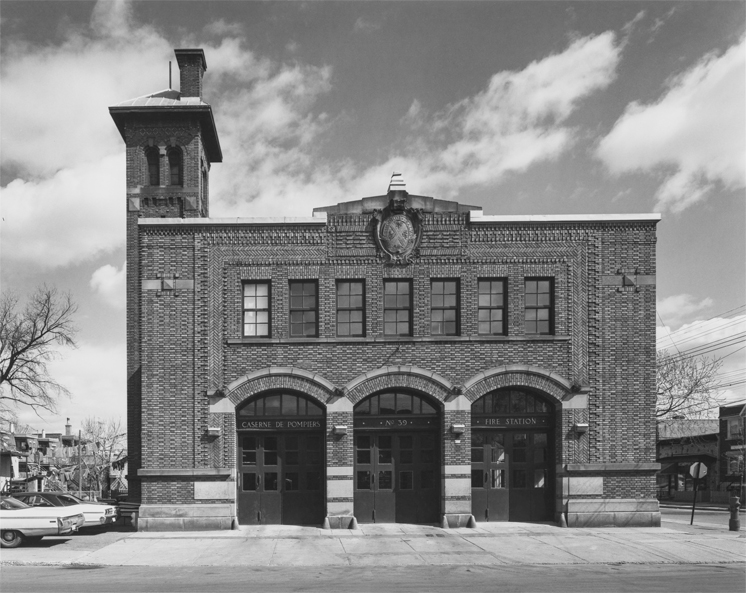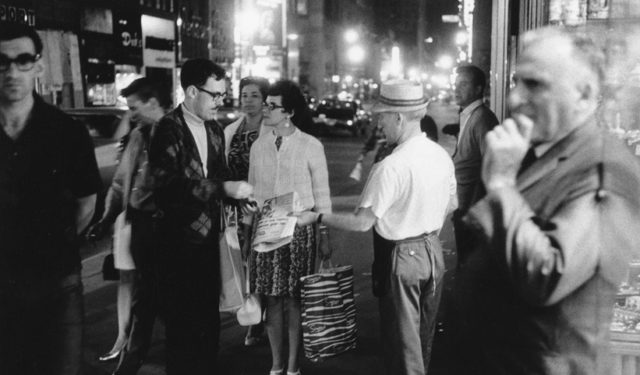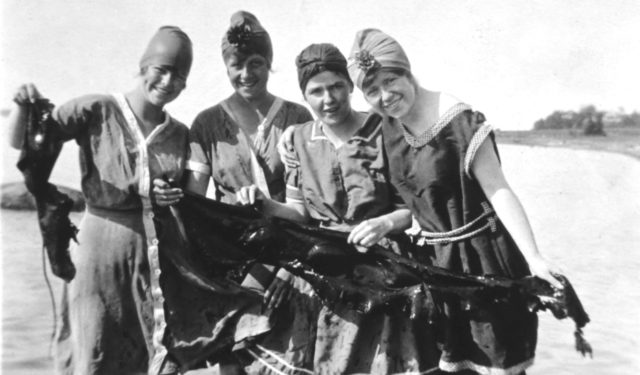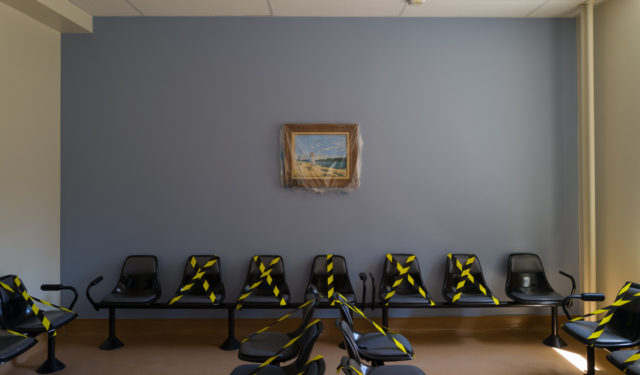Brian Merrett: The Presence of the Past
Photographer Brian Merrett talks about how taking pictures of architecture led him to advocate for the protection of Montreal's built heritage.
August 17, 2021
“Go ask the sisters,” said the dépanneur clerk, some time back in the early 1970s. I was looking for a permanent parking space because the residential street I lived on (now part of the Ville-Marie borough) had become a highway exit, explains Brian Merrett, sitting across from me at a picnic table in Laurier Park. I went into a dépanneur to ask where I could find parking in the neighbourhood and was told to ask the nuns. In those days, Shaughnessy House was a seniors’ residence run by nuns. Every month, I would enter the grand house to pay my $10 parking fee.
Over my dead body!
One day I asked the sisters if I could come back with my camera to take pictures of the building. I told them I was an architecture student, because I knew that they liked to keep a low profile and would have refused if I had said that I was a photographer, he explains with a smile. The nuns agreed after they made him promise not to show the photos to the media, because the house was about to be sold to a developer who wanted to build a hotel on the land. I said to myself: Over my dead body!
In an effort to prevent the demolition of the house, he showed the photographs to many people in Montreal, including architect and philanthropist Phyllis Lambert. The following year, she bought the house to protect it. A dozen or so years later, it was incorporated into the Canadian Centre for Architecture, founded by Phyllis Lambert. All because I needed a parking space!
It started with a popsicle
As the son of an architect, Brian developed a special affinity for architectural heritage at a very young age. His eye shaped mine, he remarks, referring to his father. In other words, an eye trained to design buildings influenced another to critically and elegantly capture their essence and details.
When I was twelve years old, I entered a contest organized by the Popsicle company, Brian recounts. First prize was a trip to Niagara Falls and second prize was a 35 mm camera. I won second prize. And that’s how it all began, he explains, adjusting his cap embroidered with “Camera Work” in gold thread.
Completely self-taught, he left the engineering firm where he worked as a draftsman to apprentice with the Koraen Group photo studio. Thus began a commercial career that included both architectural and museum photography, for he was a staff photographer at the Montreal Museum of Fine Arts from 1983 to 2001.
Outraged by destruction and neglect
At the beginning of his commercial career, Brian was asked to photograph the tops of the columns fronting the Bank of Montreal building on Place d’Armes. I took photos of the damaged capitals to create reference images for the sculptors.
One day when I was up on the scaffolding, I turned around to take a picture of Place d’Armes. Across the square, I could see the old Saint-Sulpice seminary, which was right across the street from the enormous National Bank tower built in the 1960s. It was my first eye-opener. The crushing volume of the imposing building overlooking the stone seminary put the latter’s fragility into perspective.
Wanting to protect Montreal’s architectural heritage, he roamed the city’s streets for years, taking pictures wherever he went. Over the course of his career, he took photos for the Westmount Action Committee, SOS Montreal and Heritage Montreal, which he helped found. In his never-ending battle against neglect, he produced thousands of images inspired by both passion and outrage.
Photography was primarily a way for me to document, and it eventually evolved into activism. I want to build awareness through my photography.
A legacy of memory
To ensure that his efforts to raise awareness would not be forgotten, Brian has donated part of his collection to the McCord Museum. This gift represents a decade of negatives, approximately 40,000 in all, most of which have never been printed or shown publicly. The result of a meticulous, passionate documentation process, these negatives hold images of Montreal’s past, depicting elements that are now gone or transformed.
Now 76 years old and semi-retired, Brian Merrett continues to share his passion for architecture and photography. It’s hard to think about not doing photography when a cause presents itself.

